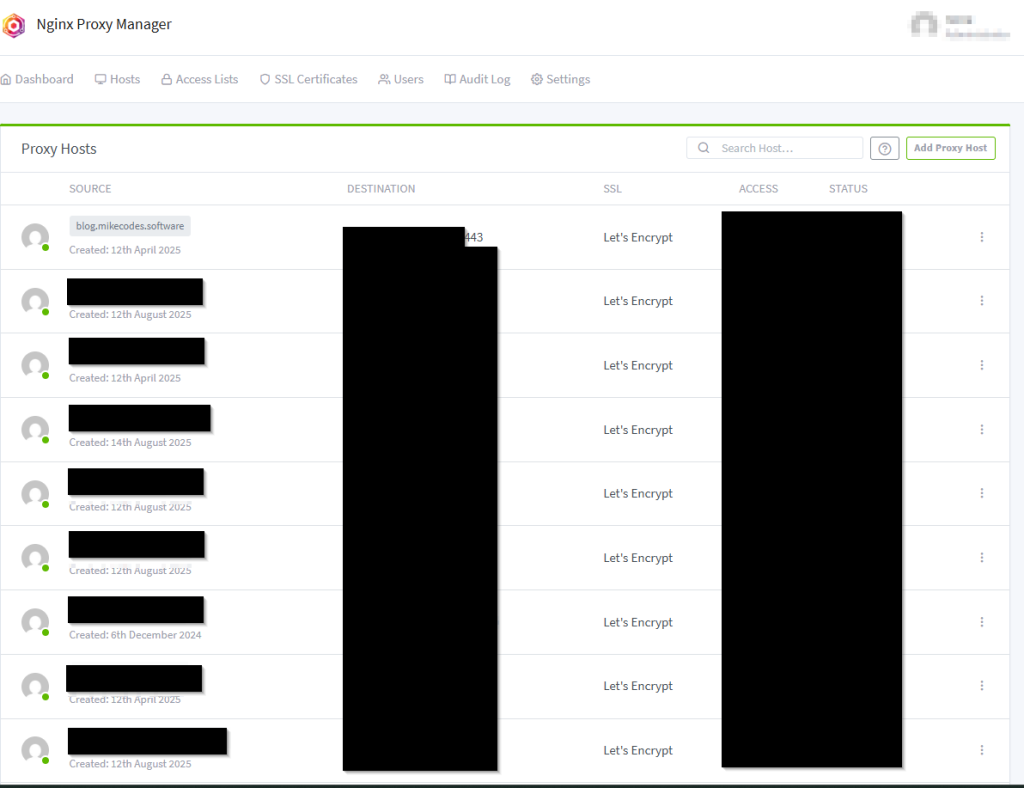I want to flash my mobo to the most recent version, but in order to ensure the firmware I downloaded isn’t corrupt I need to use Q-Flash. Normally I would just run the checksum against SHA1 or whatever in 7zip, but they only provide me a 4 digit checksum – how stupid is that? Anyway, the checksum will show in Q-Flash.
But in order to use Q-Flash I need to use an external formatted as FAT32, FAT16, or FAT12 (even more stupid!)
In order to do that, I need to use one of my externals, but the only one I could find on hand is one I had formatted to ext4 for fast Windows-to-NAS transfers. I would just format it, but I have a minor backup of some of mine and Kerry’s stuff stored on there. It’s like a 4th or 5th backup, but still, I don’t want to just destroy it all.
It’s being a tremendous pain the butt to get all of this to display in Windows, since NTFS doesn’t want to play nice with ext4, even though WSL is supposed to make it easier – it’s not easier if Windows can’t read it, which is what communicates to WSL is available on the system. ARG!
I managed to figure it out, but I’m going to make a guide because this is stupidly complex for something so simplistic.


